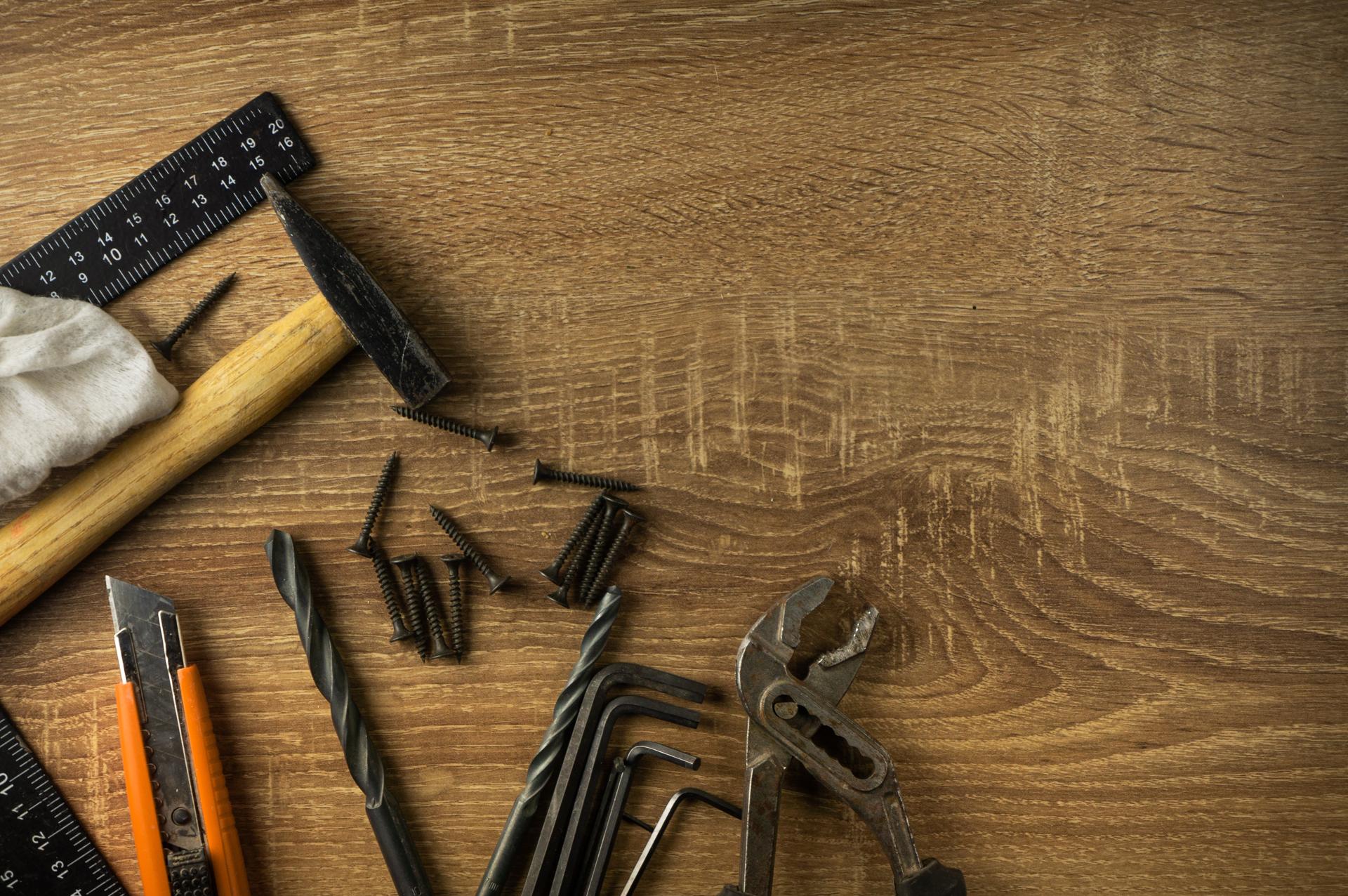Stop Spending Money on Plumbers! Do-it-yourself Resolve Your Home's Plumbing Issues

The plumbing system is an essential element of any household. If they are not maintained properly they could become the source of numerous problems which can cause inconvenience and expensive repairs.
There are numerous advantages of learning to fix minor plumbing issues yourself, such as saving money and gaining important knowledge. The following article we will discuss common plumbing issues and how to fix them yourself. these issues.
Common Plumbing Issues
Dripping Faucets
Dripping faucets are not only frustrating, but they also use up a large amount of water over the course of time. The most common cause of a dripping faucet is a damaged washer or O-ring. To fix this issue switch off the water supply to the faucet, disassemble the handle, and then replace the worn-out washer or O-ring.
Running Toilets
A running toilet is another common plumbing issue that can result in a significant loss of water. The most typical reason is a malfunctioning flapper valve that doesn’t seal properly, allowing water leak from the tank to the bowl. To resolve this issue shut off water to your toilet. Then, open the lid of the tank, then adjust or replace your flapper valve.
Clogged Drains
Clogged drains can be caused by a variety of factors, including soap, hair, or food particles. To get rid of this problem it is possible to use a plunger or a drain snake to eliminate the clog. Alternately, you could make a mix of baking soda and vinegar to break up the blockage.
Low Water Pressure
Low pressure water in the pipes can be caused by various causes, including mineral buildup within the pipes or a malfunctioning pressure regulator. To remedy this problem, you can try cleaning the aerator or replacing the pressure regulator.
Tools required for DIY plumbing
For DIY plumbing, you’ll require some basic tools such as an adjustable wrench, a plunger pipe wrench, Teflon tape and screwdriver. The tools you have on hand will help you repair minor plumbing problems.
Safety Tips for DIY Plumbing
Safety should always be top of mind when performing any DIY plumbing repairs. Some safety tips to remember include shutting off the water supply before starting any repairs, wearing gloves and safety glasses as well as keeping a first-aid kit on hand in the event emergency situations.
DIY Plumbing Techniques
To fix common plumbing issues for common plumbing issues, you’ll need to learn a few DIY plumbing techniques such as how to shut off your water source, how to fix a leaky faucet and how to fix a running toilet or unblock the drain, and also ways to increase the pressure in your water. These tips can help you save time and money on small plumbing repairs.
Conclusion
In conclusion, learning how to fix minor plumbing issues yourself is beneficial in many ways. Not only will it cost you less cash, it will also give you a sense of accomplishment and valuable knowledge. But, for more substantial plumbing problems, it’s better to consult a professional plumber.
FAQ
Can I fix a plumbing problem myself?
Yes, you can fix minor plumbing problems yourself by learning basic plumbing skills.
Which are the top common plumbing issues?
The most common plumbing problems are dripping taps and toilets that run, blockages in drains, as well as low water pressure.
What tools do I require for plumbing projects at home?
There are a few important tools, such as the plunger, an adjustable wrench, pipe wrench, Teflon tape, and a screwdriver.
Is DIY plumbing safe?
DIY plumbing can be safe if you follow the safety guidelines and take proper precautions.
When should I call an experienced plumber?
You should call a professional plumber for significant plumbing issues that require specialized equipment and knowledge.
